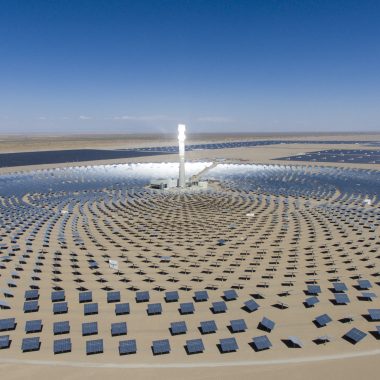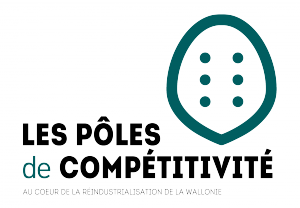
Call 25
R&D
In recent years, the emerging technologies for concentrated solar power (CSP) plants combine a central receptor located at the top of a 200 metre high tower and molten salt as the heat transfer fluid. The advantage of using molten salt to transfer the generated heat is that it can be stored at high temperatures, which turns it into a sort of heat energy reserve. Such storage enables the system to work without solar inputs for up to 17 hours, thereby allowing round-the-clock electricity generation.
This market is developing strongly, and thermal CSP is greatly threatened by the decreasing cost of and increased competition from the photovoltaic panel + battery solution. To remain competitive, the various players are seeking to improve the yields of their CSP plants and to develop the next generation of solar power tower systems. This means raising the temperature of the heat transfer fluid exiting the solar receptor from 565 to 730°C and, consequently, raising the temperature in the receptor tubes from 700 to 850°C.
The solar receptor is already the most critical element of the CSPP, given the high densities of the solar energy fluxes to collect and the high temperature variations associated with the diurnal/nocturnal cycles. Increasing the operating temperature is a new challenge that requires developing a new generation of solar receptors. The aim of this project is to study the materials and heat transfer fluids that can work under such extreme conditions and guarantee the requisite performance levels throughout the life of the CSPP.





